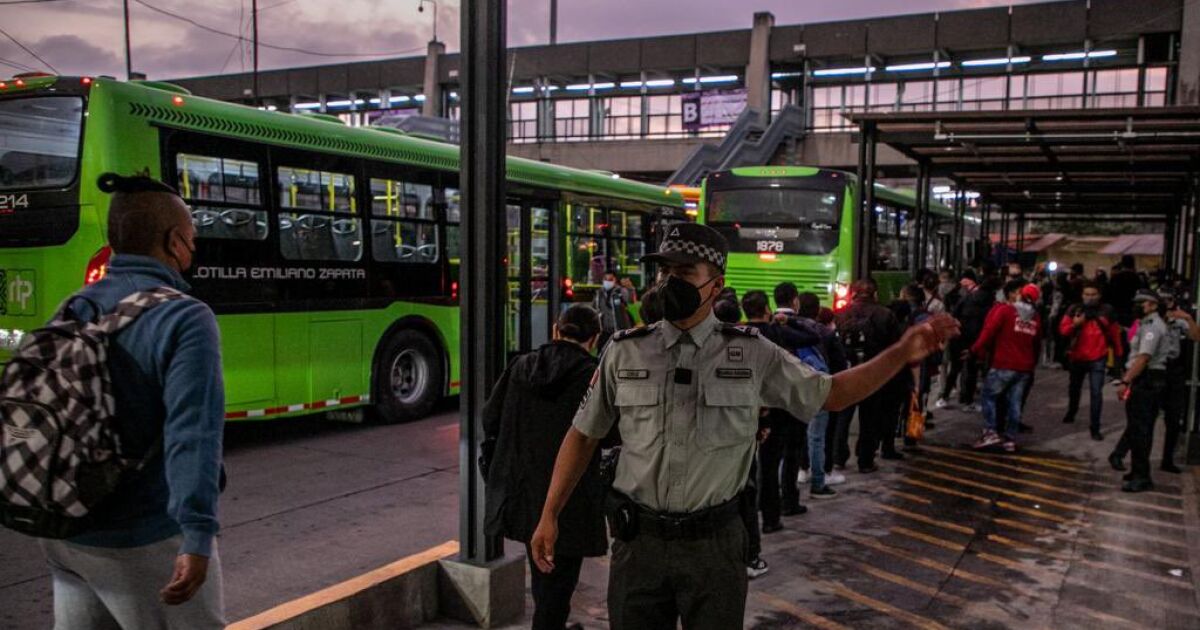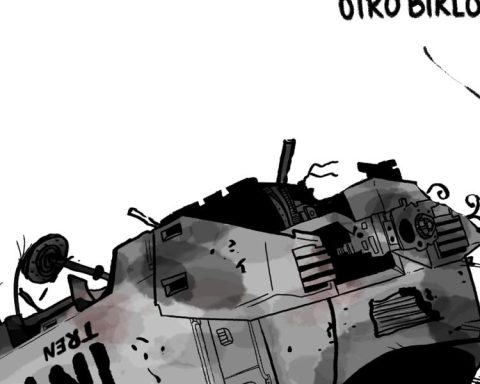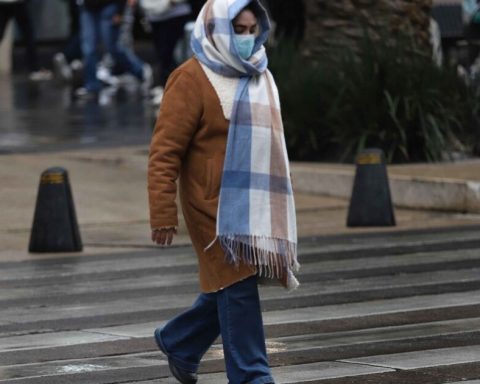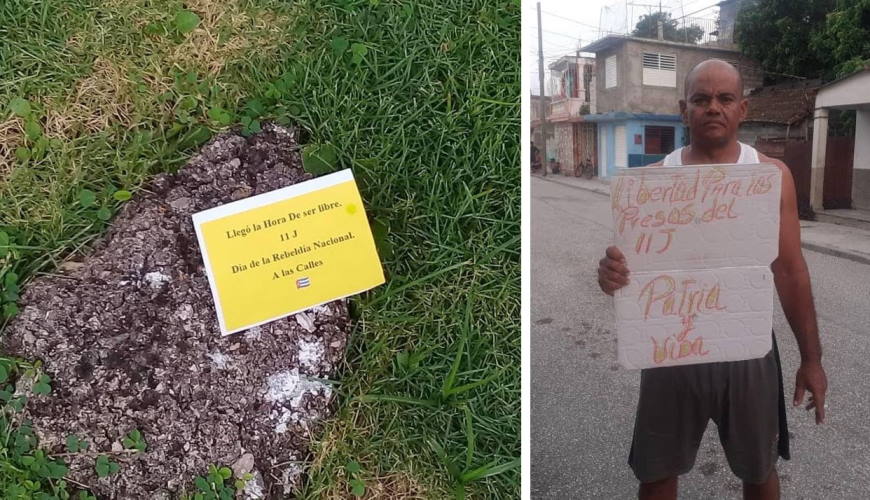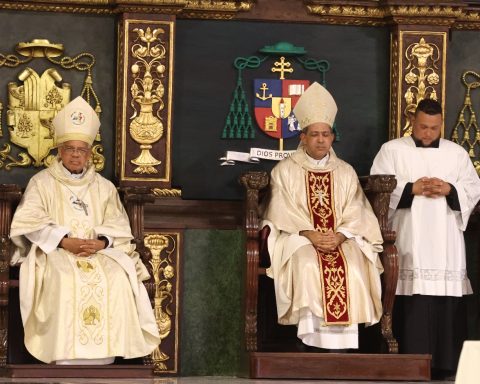At the Pantitlán bus stop, RTP units were the alternative to follow the same route as Line 1, since it stops at each of the 12 suspended stations until reaching Balderas, where there is Metro service.
Those who used their Integrated Mobility card were able to board the RTP without a new charge being made, however, those who travel with a ticket have to pay double.
“They had said that it was going to be free (the RTP service), now it turns out that you have to buy the card. I always take Metro tickets, it’s how I settle in, it doesn’t seem fair to me to have to pay again when one is also leaving from the Metro, I come from La Paz (on Line A),” said Guadalupe Alcántara González, an elderly woman.
Despite the fact that at times there were lines of around 100 users to board one of the RTPs, the constant arrival of units allowed them to move quickly.
This operation in Pantitlán was supervised by the Secretary of Mobility, Andrés Lajous.
“This first Monday is very important because it is the moment of adaptation, both for users and for support services. Until now we have been attending so as not to have incidents or large crowds. We have to constantly monitor it because the peaks in demand change throughout the day and of course the traffic in the city,” said the secretary.
Lajous recognized that the suspension of Line 1 implies between 15 and 30 extra minutes in the transport of users, to whom he recommended taking precautions, as well as using the Integrated Mobility Card.
The secretary also stated that there was an increase in the demand for lines 9 and 5, however, in order to respond, the number of trains was increased, as well as lines 2 and 3 where users transfer.
“With more units, that demand is better served and we are balancing it with the support service and the Metro trains themselves,” he commented.
